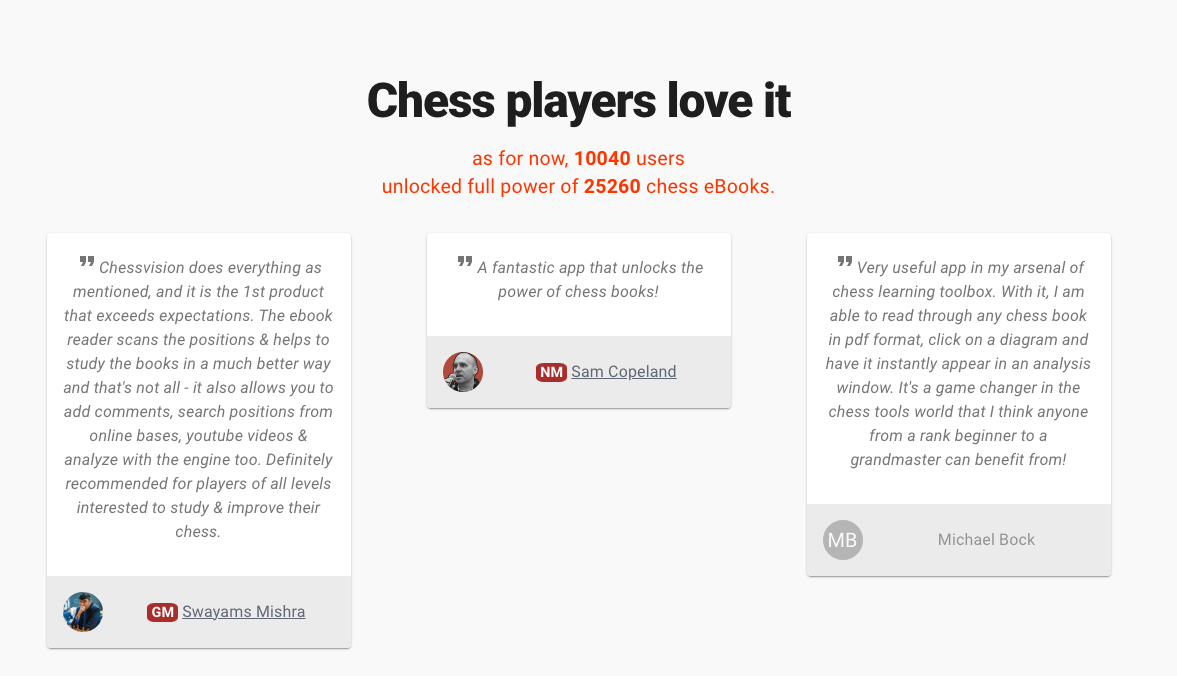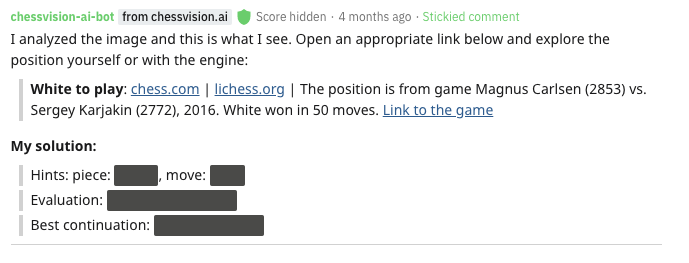The Chessvision.ai eBook Reader has just reached 10k users and that's a huge milestone.
It was the first product with premium features I launched and that really boosted my confidence that Chessvision.ai can be much more than just a simple scanning tool. I'm really happy that so many people find value in it and constantly talk to me about new features and improvements that we together can bring to life.
I thought that reaching this 10k milestone is a good time to reflect a bit and write down where and how it started, what features were added in the process, and what's the plan for the feature.
Here's the current number of 10,040 users along with some reviews:


